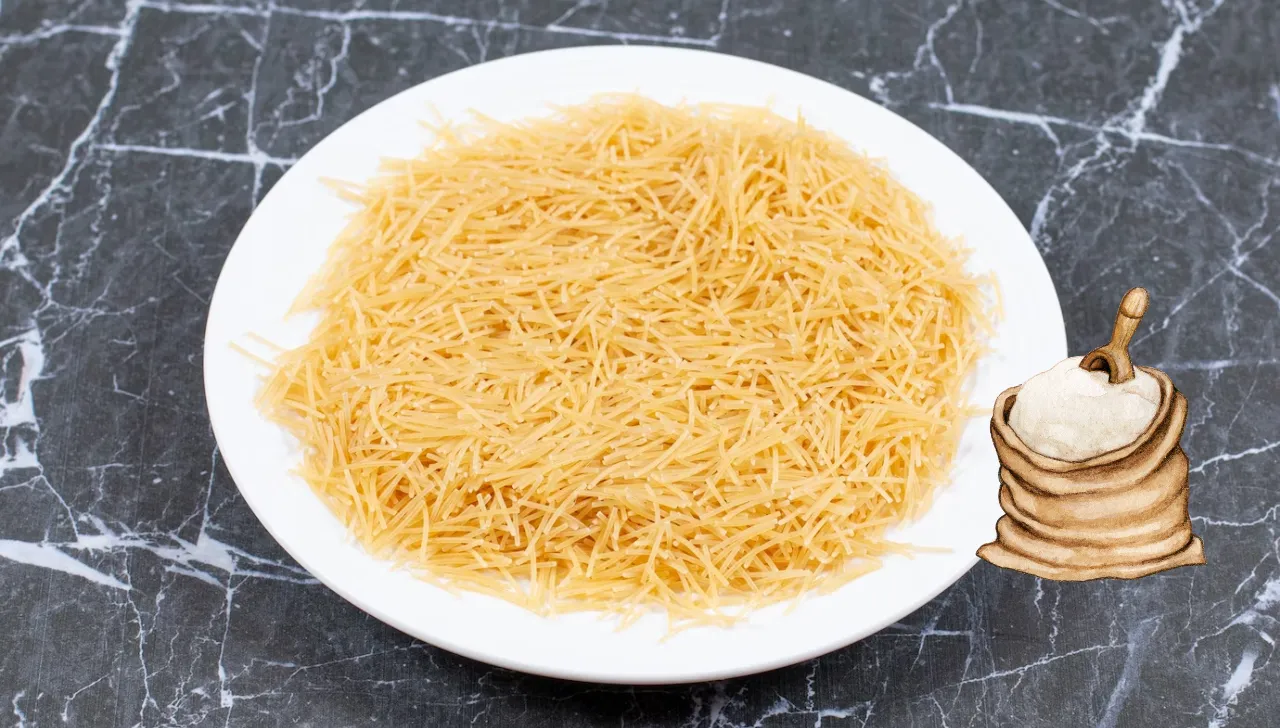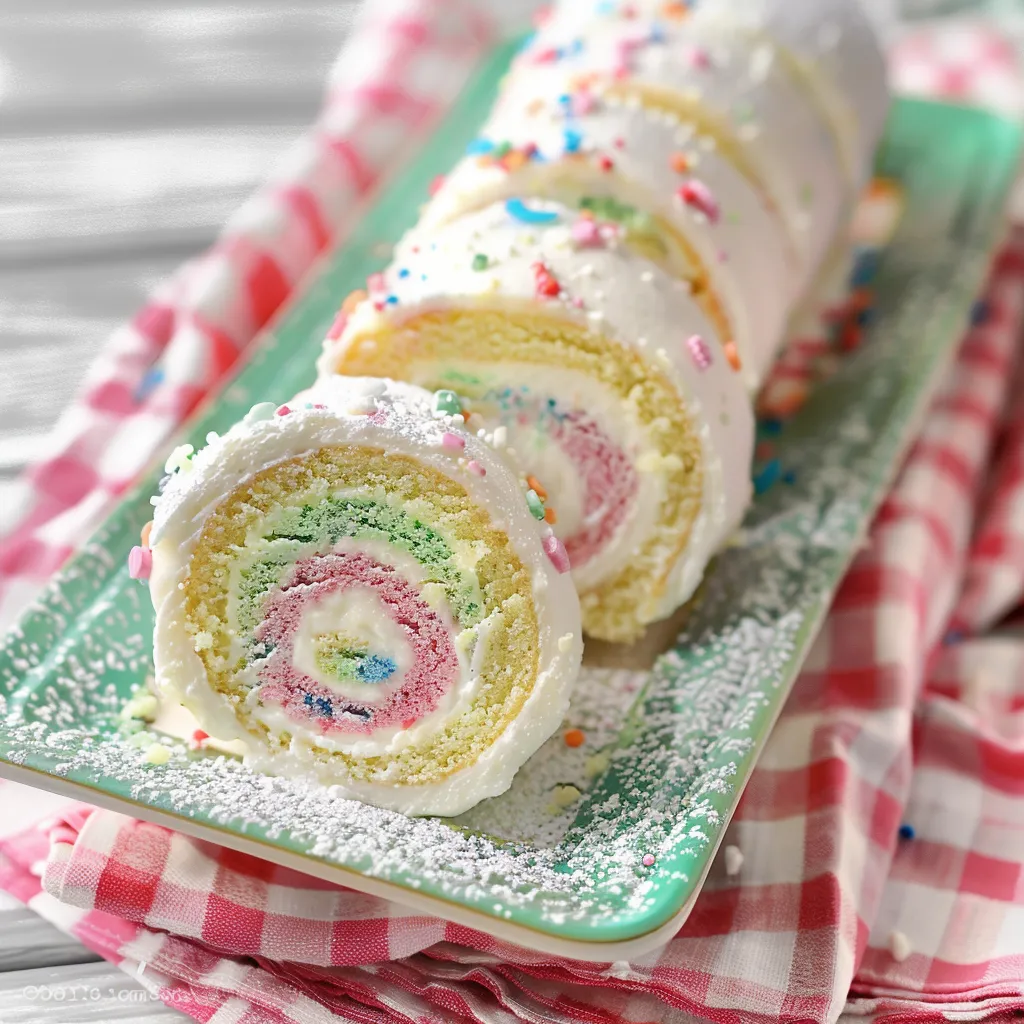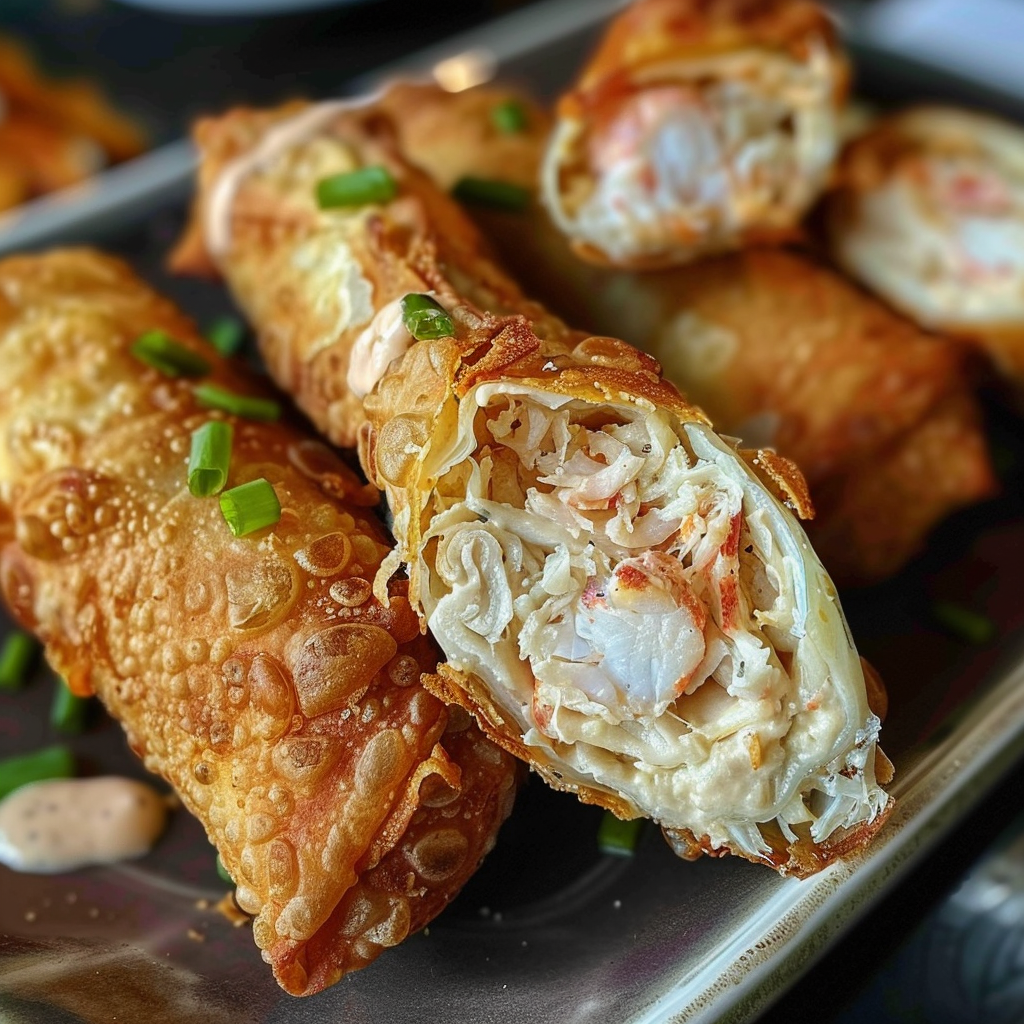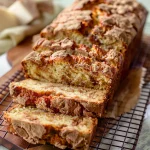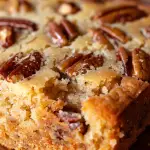In the vast world of culinary arts, noodles hold a special place, being a staple in numerous cultures around the globe. The art of noodle making, while seemingly straightforward, involves various techniques and ingredients that contribute to the texture, taste, and appearance of the final product. One such ingredient that has garnered attention is cornstarch. The question, “Can you make noodles with cornstarch?” beckons an exploration into the realm of noodle making with this unique ingredient.
Cornstarch, known for its thickening properties, is now making its way into the noodle recipes, promising benefits like non-stickiness and ease of cooking. This article embarks on a journey to unravel the mysteries surrounding the use of cornstarch in making noodles. It delves into the characteristics of cornstarch noodles, provides a detailed guide on preparing them, and explores the impact of cornstarch on the noodle dough. Practical tips and considerations for using cornstarch in noodle making are also discussed, offering a comprehensive guide for both novice and experienced cooks alike.
The Cornstarch Noodle: An Overview
Cornstarch noodles stand out as a unique variant in the diverse world of noodles. Unlike traditional noodles made primarily from flour and water, cornstarch noodles incorporate cornstarch as a key ingredient, bringing a distinct set of characteristics to the table. This section provides an overview of cornstarch noodles, shedding light on their properties, benefits, and what sets them apart from other types.
Characteristics
Cornstarch noodles are known for their non-sticky texture, a feature that is highly desirable for many noodle dishes. The incorporation of cornstarch in the noodle dough prevents the noodles from clumping together, ensuring that each strand remains separate after cooking. This characteristic makes cornstarch noodles particularly suitable for stir-fry dishes and salads, where individual noodle strands are preferred. Explore the nutritional aspects of cornstarch and its impact on health with this informative article from Healthline.
Ease of Cooking
Another notable feature of cornstarch noodles is their ease of cooking. The presence of cornstarch in the dough allows the noodles to cook quickly and evenly, saving time and ensuring consistent results. Additionally, cornstarch noodles do not require oil after boiling, further simplifying the cooking process and making them a convenient choice for quick and easy meals.
Versatility in Dishes
Cornstarch noodles are versatile and can be used in a wide range of dishes. From soups and salads to stir-fries and casseroles, cornstarch noodles adapt well to various cooking styles and flavors. Their non-sticky texture and neutral taste make them an excellent base for showcasing a variety of ingredients and sauces, allowing the flavors of the dish to shine through.
Recipe for Making Cornstarch Noodles
Embarking on the journey of making cornstarch noodles requires a clear understanding of the ingredients and steps involved in the process. Below is a comprehensive guide that outlines the necessary ingredients and provides a step-by-step approach to making these unique noodles.
Ingredients:
- Cornstarch Noodles: 500gm
- Water: For boiling
- Vegetable Oil: 2 tablespoons
- Garlic: 1 clove
- Ginger: 1 inch
- Onion: 1 medium
- Capsicum: 1/2
- Carrots: 1/2
- Salt: To taste
- Light Soya Sauce: 1 tablespoon
- Dark Soya Sauce: 1/2 tablespoon
- Tomato Ketchup: 1 tablespoon
- White Vinegar: 1 tablespoon
- Schezwan Sauce: 1 tablespoon
- Black Pepper: Crushed, 1 pinch
Optional:
- Omelette to add in the noodles
- Boiled chicken
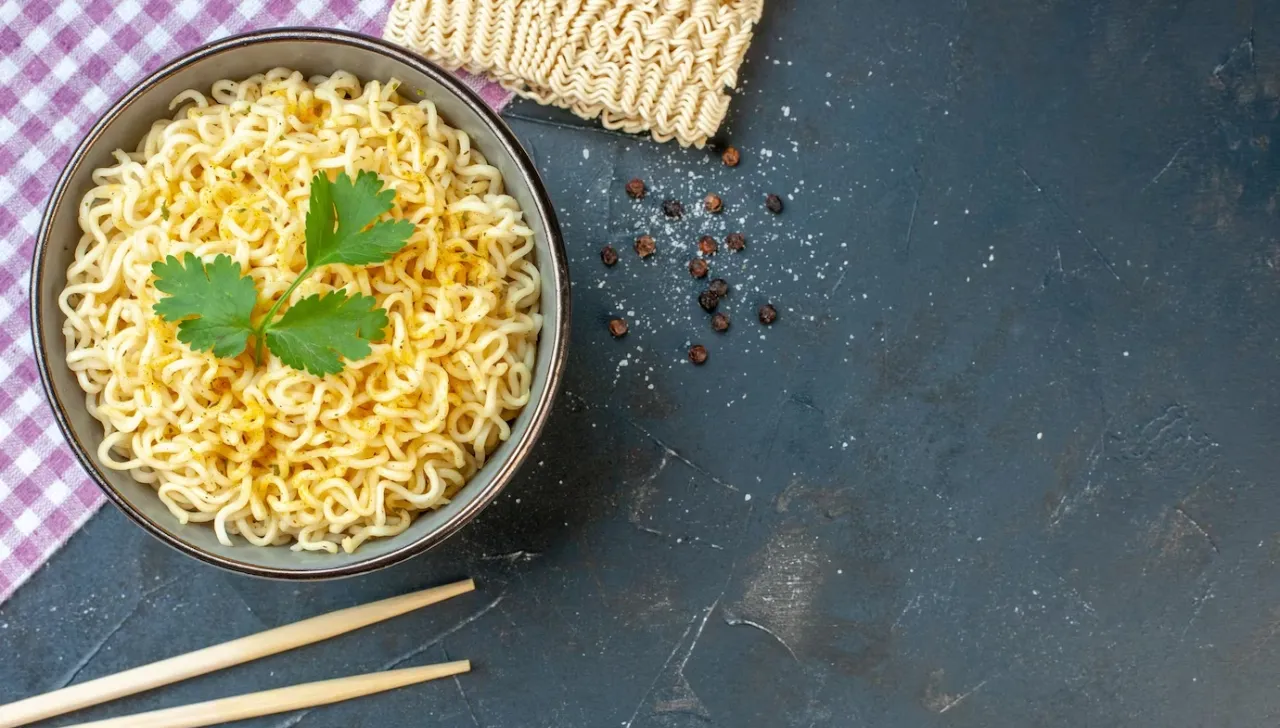
Instructions:
Preparation:
- Prepare the Vegetables:
- Finely chop the garlic, ginger, onion, capsicum, and carrots.
Cooking:
- Boil the Noodles:
- Bring a large pot of water to boil.
- Add the cornstarch noodles and cook until they are soft and transparent.
- Drain the noodles and set aside.
- Prepare the Sauce:
- In a bowl, mix together light soya sauce, dark soya sauce, tomato ketchup, white vinegar, schezwan sauce, and black pepper.
- Stir-Fry the Vegetables:
- Heat vegetable oil in a pan.
- Add chopped garlic, ginger, and onion to the pan and sauté until the onions become translucent.
- Add the chopped capsicum and carrots to the pan and stir-fry until the vegetables are tender.
- Combine Noodles and Vegetables:
- Add the boiled noodles to the pan with the vegetables.
- Pour the prepared sauce over the noodles and vegetables.
- Toss everything together until the noodles are evenly coated with the sauce and the vegetables are distributed throughout.
- Final Touch:
- Optionally, add an omelette or boiled chicken to the noodles for additional protein.
- Adjust the salt and pepper to taste.
- Serve:
- Serve the cornstarch noodles hot, garnished with additional vegetables or herbs as desired.
The Role of Cornstarch in Noodle Dough
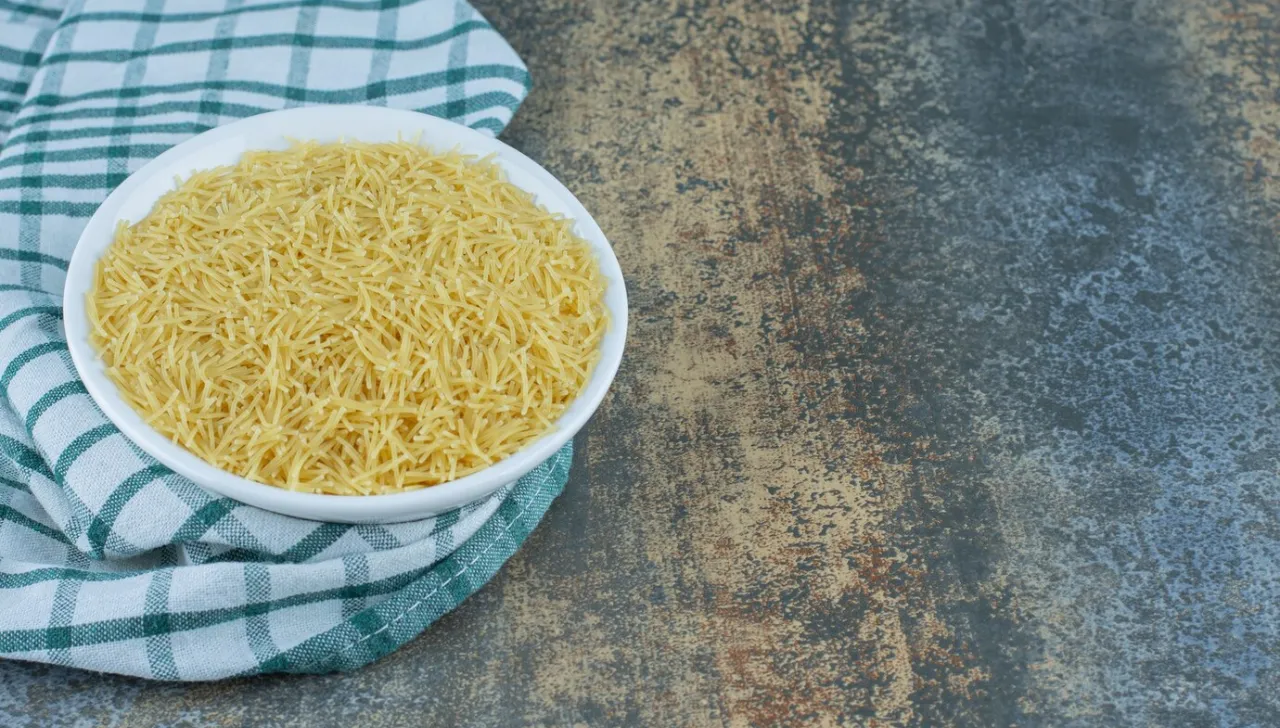
Understanding the role of cornstarch in noodle dough is crucial for mastering the art of making cornstarch noodles. Cornstarch, a fine, powdery starch commonly used as a thickening agent, plays a significant role in influencing the texture and properties of noodles. This section delves into the impact of cornstarch on noodle dough, examining its effects and benefits in noodle making.
Preventing Stickiness
One of the primary roles of cornstarch in noodle dough is to prevent the noodles from sticking together. When used in the dough or dusted on the noodles, cornstarch acts as a barrier, reducing the stickiness and ensuring that the noodles remain separate after cooking. This property is particularly beneficial for dishes where individual noodle strands are desired, allowing for a more enjoyable eating experience.
Impact on Pliability and Stretchiness
Cornstarch affects the pliability and stretchiness of the noodle dough. Unlike flour, which contains gluten that provides elasticity to the dough, It lacks gluten, leading to less stretchy noodles. This characteristic can be advantageous for certain noodle dishes, offering a different texture and bite compared to traditional flour-based noodles.
Alternative for Dusting Pasta
Cornstarch serves as an effective alternative for dusting fresh, uncooked pasta. It prevents the pasta from sticking together, ensuring that the pasta remains in its intended shape and form during the cooking process. This use of cornstarch is not limited to cornstarch noodles alone but can be applied to various types of pasta, enhancing the cooking and eating experience. Explore different types of pasta used in various recipes.
Practical Tips and Considerations
Navigating the process of making cornstarch noodles can be a delightful culinary adventure. To ensure success and satisfaction in this endeavor, consider the following practical tips and considerations that address the unique aspects of working with cornstarch in noodle making.
Working with Cornstarch
- Measurement: Ensure accurate measurement of cornstarch to maintain the right balance in the noodle dough. Too much or too little can affect the texture and consistency of the noodles.
- Mixing: Mix cornstarch thoroughly with other ingredients to avoid clumping and ensure even distribution throughout the dough.
Cooking
- Boiling Time: Pay attention to the boiling time of cornstarch noodles. Overcooking can lead to mushy noodles, while undercooking may leave them hard and unpalatable.
- Water Ratio: Use an adequate amount of water for boiling to allow the noodles to cook evenly and prevent sticking.
- Rinsing: Consider rinsing the boiled noodles in cold water to stop the cooking process and enhance their texture.
Preventing Stickiness
- Dusting: Use cornstarch for dusting the noodles before cooking to prevent them from sticking together.
- Separation: Ensure the noodles are adequately separated before cooking to allow even cooking and prevent clumping.
Enhancing Flavor and Texture
- Sauce Integration: Integrate sauces and other flavoring ingredients effectively to enhance the taste.
- Additional Ingredients: Experiment with additional ingredients like vegetables, meats, and spices to add flavor, texture, and nutritional value to the noodle dish.
Troubleshooting
- Adjusting Consistency: If the noodle dough is too sticky or dry, adjust the consistency by adding more cornstarch or liquid as needed.
- Testing: Conduct a small test batch to ensure the noodle dough is of the right consistency and taste before proceeding with the entire batch.
FAQs
Can you use cornstarch to make noodles? Yes, you can use cornstarch to make noodles. It helps in creating non-sticky, easy-to-cook noodles, offering a unique texture and taste.
What noodles are made from cornstarch? Cornstarch noodles, also known as pancit noodles, are made primarily from cornstarch. They are non-sticky and used in various dishes.
How long to cook cornstarch noodles? Cook cornstarch noodles in boiling water for about 5-7 minutes. Ensure they turn soft and transparent, avoiding overcooking to maintain texture.
Can you cook with cornstarch? Absolutely! Cornstarch is commonly used for thickening sauces, soups, and gravies, as well as in baking and frying recipes.
Can I use cornstarch instead of flour? Yes, cornstarch can replace flour for thickening. However, use half the amount of cornstarch as you would flour for best results.
What happens when cornstarch is heated? When heated, cornstarch undergoes gelatinization, thickening the liquid it’s mixed with. It’s ideal for thickening sauces and soups.
Conclusion
In the exploration of making noodles with cornstarch, we have traversed through various facets, from understanding the unique characteristics of cornstarch noodles to delving into the detailed recipe and examining the role of cornstarch in noodle dough. Practical tips and considerations have been outlined to guide both novice and experienced cooks in mastering the art of making cornstarch noodles, ensuring a delightful and successful culinary experience.
In the exploration of crafting noodles with this unique ingredient, we have traversed various facets, from understanding the distinct characteristics of these special noodles to delving into the detailed recipe and examining the role of the key ingredient in noodle dough. Practical tips and considerations have been outlined to guide both novice and experienced cooks in mastering the art of creating these noodles, ensuring a delightful and successful culinary experience.
These noodles emerge as a distinctive and valuable addition to the diverse world of noodles. Their non-sticky texture, ease of cooking, and versatility in various dishes make them a preferred choice for many. The insights and information provided throughout the article aim to enhance the understanding and appreciation of these noodles, highlighting their potential to elevate our culinary adventures.
As we conclude this comprehensive guide, the journey of crafting noodles with this ingredient does not end here. It is an ongoing exploration filled with opportunities for experimentation, learning, and savoring the delectable results. Armed with knowledge, tips, and a clear guide, embarking on the adventure of creating these noodles promises to be a fulfilling and enjoyable endeavor. May the journey be sprinkled with moments of discovery, creativity, and indulgence in the delightful world of these special noodles. Learn how to make another unique noodle dish, cry baby noodles from hunger, and continue exploring the world of noodles with confidence and expertise.


